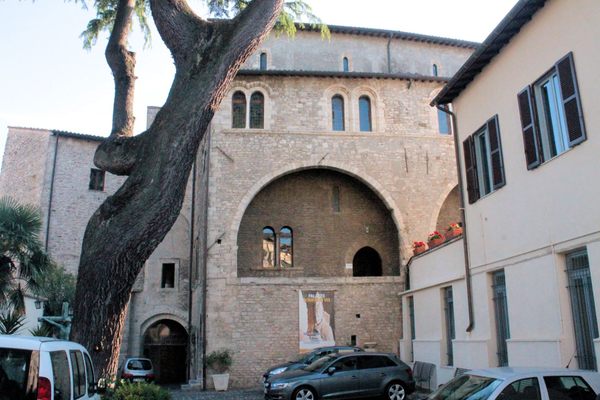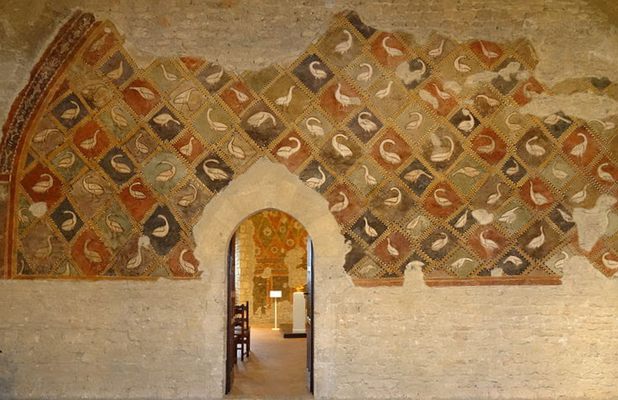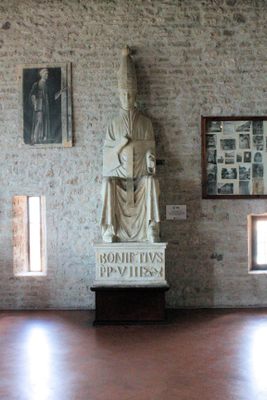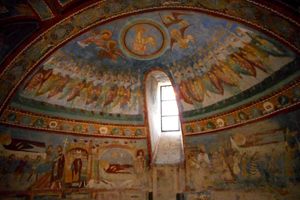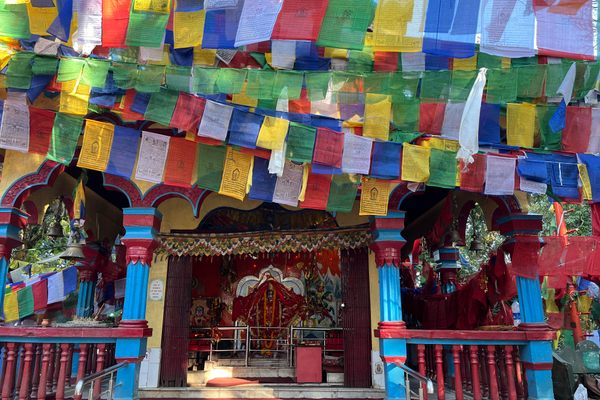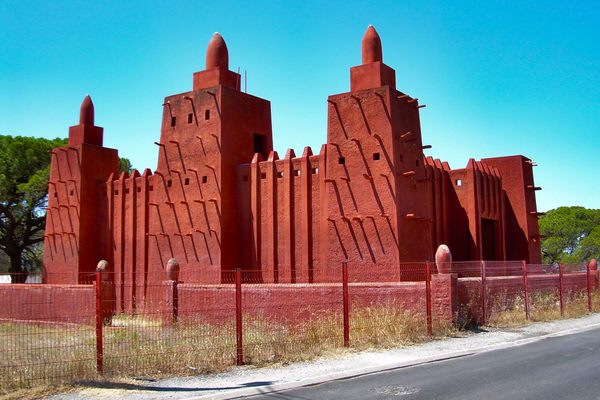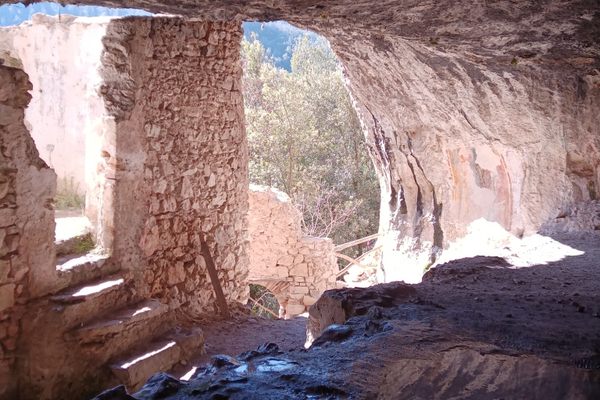About
This 13th century “Palazzo” is a remarkable example of feudal architecture. The building was purchased in 1297 by Count Peter II Caetani, nephew Of Boniface VIII, from the powerful Conti family. It's located a short distance from the Cathedral of Anagni. These two buildings represented the seat of power in medieval Anagni, and the heart of the Caetani stronghold.
The two most interesting rooms inside are the Hall of the Scacchiere (named after the chessboard motif that decorates its walls) and the Hall of the Geese. In the former hall, Pope Boniface VIII was insulted and possibly slapped by Giacomo “Sciarra” (a local word for hotheaded) Colonna with an iron glove on September 8, 1303.
Colonna was a powerful member of the Colonna family who had been feuding with the Caetani family since the election of Pope Boniface VIII in 1294.
In one of the many disputes between the two families, the papal army stormed the Colonna stronghold of Palestrina and Boniface forcibly removed him from the College of Cardinals. Colonna in turn, made an alliance with the Pope’s enemy, King Philip IV of France (who feared ex-communication) and disputed the pope’s election. Together with the King’s advisor, Colonna stormed the city of Anagni where the pope had sought protection and was set to take him captive. However, the citizens of Anagni rebelled and freed the pope.
It's uncertain whether Colonna actually slapped the pope, but the event was profoundly insulting and shocked the Christian world. Even Dante cites the event in a few verses from the Divine Comedy, Purgatory XX, 85-90: "to make the past and future evil look lesser, I see the fleur-de-lis burst into Anagni, and / instead of his Vicar Christ being seized. / I see him once more being mocked; / I see again the vinegar and gall, / and him amid alive robbers being killed".
Dante might have been present at the ex-communication of the perpetrators of the attack on Anagni, although the poet was no friend to Boniface and placed him in Hell.
Related Tags
Know Before You Go
The Palazzo hosts the archaeological collection from the Museo Bonifaciano e del Lazio meridionale which includes archaeological objects from southern Lazio and items from the time of the Anagni popes.
Flavors of Italy: Roman Carbonara, Florentine Steak & Venetian Cocktails
Savor local cuisine across Rome, Florence & Venice.
Book NowCommunity Contributors
Added By
Published
April 22, 2020
